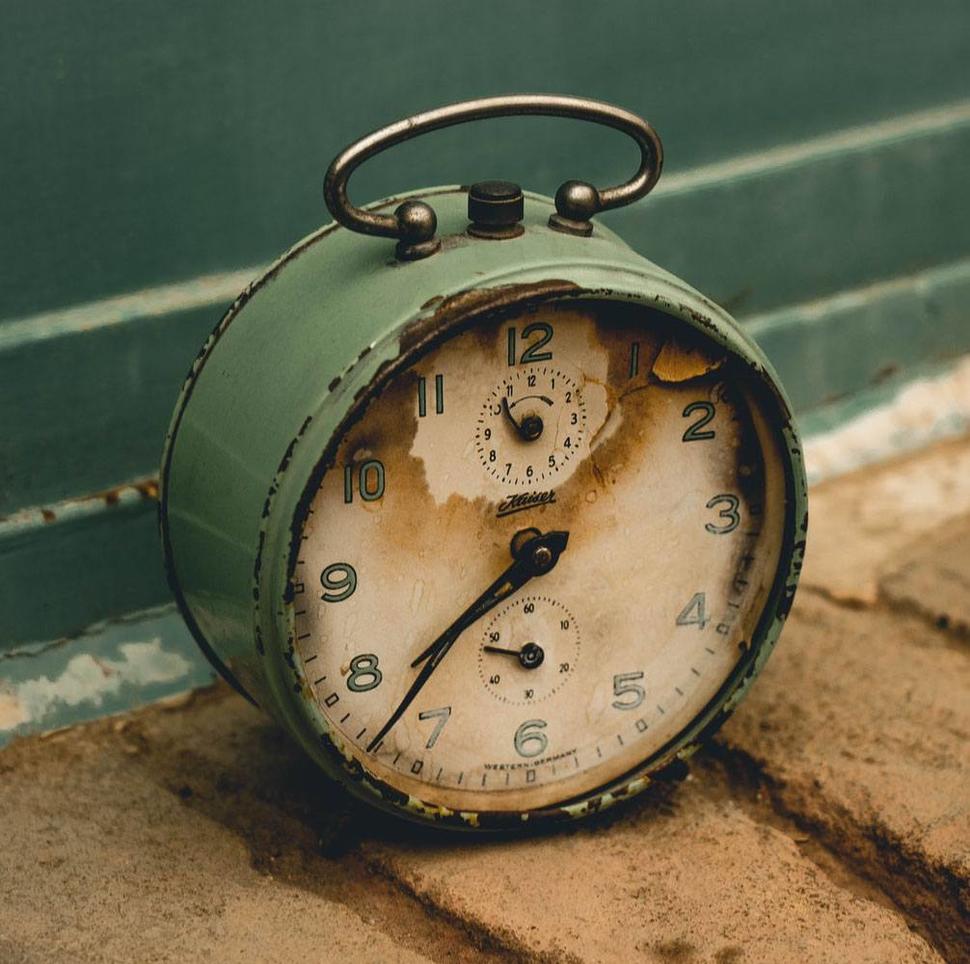NIH Intramural Blog Highlights Finding on Cell Age and Transplant Outcomes
, by NIH Staff
Rotana Alsaggaf, Ph.D., M.S., postdoctoral fellow, and Shahinaz Gadalla, Ph.D., M.B.Bch., Earl Stadtman tenure-track investigator, in the Clinical Genetics Branch, discuss their research on cellular markers of aging, specifically epigenetic aging with the NIH’s Intramural Research Program blog, I am Intramural. An excerpt of the post is presented below.
In 2003, 92-year-old Fauja Singh ran the Toronto Waterfront Marathon in slightly under six hours, a feat that many people decades younger could not accomplish. Such examples reveal the problems with making assumptions about a person’s health based solely on age. Similarly, new IRP research suggests that assessing cellular characteristics associated with aging, rather than a person’s chronologic age in years, could improve outcomes for the more than 20,000 patients who receive bone marrow or blood stem cell transplants each year.
Several diseases, including cancers such as leukemia, devastate the body’s supply of ‘hematopoietic’ stem cells, which develop into oxygen-carrying red blood cells, infection-fighting white blood cells, and blood-clotting platelets. Many of these patients are treated with a hematopoietic stem cell transplant (HSCT), which transfers stem cells from the blood or bone marrow of a healthy donor into the patient.
In order to reduce the odds of serious side effects or death after the procedure, patients ideally receive a transplant from a donor who is closely related to them, like a sibling. For the more than 70 percent of patients who receive an HSCT from an unrelated donor, studies have shown that receiving a transplant from a younger donor tends to improve outcomes. However, new research into ‘epigenetic aging’ has revealed that some people have cells with characteristics that are more akin to those typically seen in cells from people years or even decades older or younger.
“In the end, that’s what the patient is receiving: they’re receiving the donor’s cells,” says Rotana Alsaggaf, Ph.D., M.S., the new study’s first author and a postdoctoral fellow in the lab of IRP Stadtman Investigator Shahinaz Gadalla, Ph.D., M.B.Bch., the study’s senior author. “If we can find those cellular characteristics to really optimize donor selection and improve or expand the pool of donors, then that would be best for recipients.”
Read the full blog post on the I am Intramural blog from NIH.
